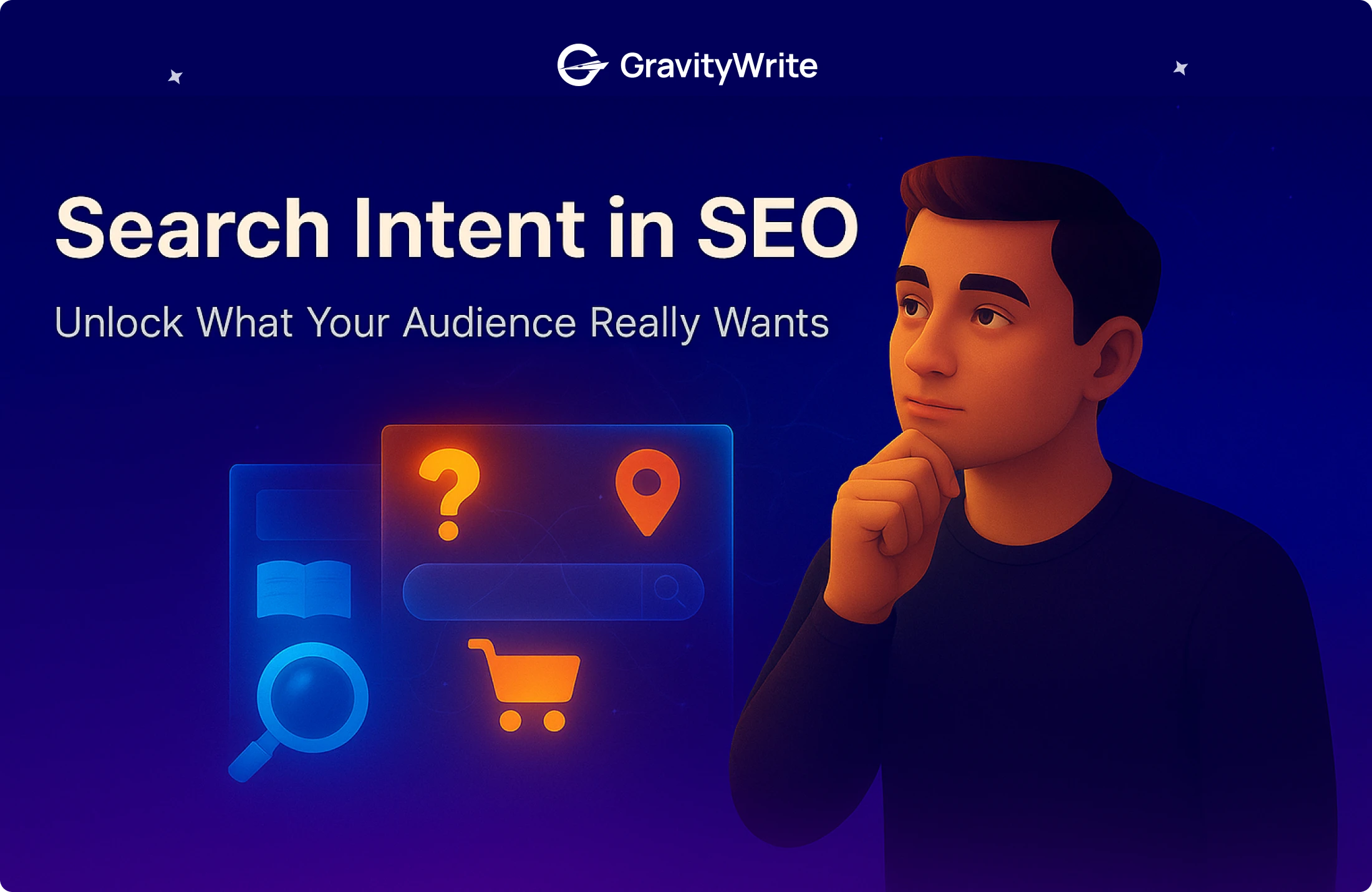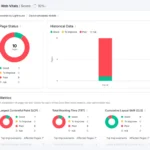
In modern SEO, understanding user intent is no longer optional—it’s essential. Search engines, especially Google, have become increasingly sophisticated in interpreting what users actually want when they type a query. Optimizing content purely around keywords is no longer enough; your content must align with user intent to rank higher, drive traffic, and convert visitors effectively.
What is User Intent?
User intent (or search intent) refers to the goal a user has when performing a search. It’s the underlying reason behind a query, whether it’s to find information, make a purchase, or navigate to a specific website.
There are three primary types of user intent:
- Informational Intent
The user is looking for information or answers to questions.- Example: “What is blockchain technology?”
- SEO Approach: Create in-depth guides, tutorials, and blog posts.
- Navigational Intent
The user wants to visit a specific website or page.- Example: “Nike official store”
- SEO Approach: Ensure brand pages rank prominently and optimize for branded keywords.
- Transactional/Commercial Intent
The user intends to take action, such as making a purchase or signing up for a service.- Example: “Buy iPhone 15 online”
- SEO Approach: Optimize product pages, landing pages, and include clear CTAs.
Why User Intent Matters in SEO
- Improves Rankings and Relevance
Google prioritizes content that satisfies the searcher’s intent. Aligning content with intent increases the likelihood of ranking on the first page. - Reduces Bounce Rates
When users find exactly what they’re looking for, they are more likely to engage and stay on the page, improving dwell time and reducing bounce rate. - Enhances Conversion Potential
Content tailored to transactional intent attracts users who are ready to act, increasing conversions, sign-ups, or purchases. - Supports Topic Authority
Focusing on user intent helps you create comprehensive content that addresses multiple questions within a topic, improving topical authority and SEO credibility.
How to Align SEO Strategies with User Intent
1. Conduct Intent-Focused Keyword Research
Identify not just keywords but also the intent behind them. Use tools like Ahrefs, SEMrush, and Google Search Console to analyze which queries drive relevant traffic.
2. Optimize Content for the Right Intent
- Informational: Long-form blogs, tutorials, FAQs
- Navigational: Branded landing pages, site navigation optimization
- Transactional: Product pages, service pages, CTA-focused content
3. Use SERP Analysis
Check the top-ranking pages for a keyword to understand the dominant user intent. Create content that satisfies that same intent but with added value or uniqueness.
4. Structure Content for Easy Consumption
Use headings, bullet points, tables, and visuals to match how users seek information, especially for informational queries.
5. Monitor User Behavior Metrics
Track bounce rate, dwell time, click-through rates, and conversion rates to ensure your content meets user intent effectively.
6. Update Content Regularly
User intent can evolve. For example, queries about a product may shift from informational to transactional over time. Regularly update content to remain aligned with changing intent.
Our Services SEO Services in Gurgaon | SEO Services in Uppal | SEO Agency in Madhapur | SEO Company in Ameerpet
Key Takeaways
- User intent is the driving force behind modern SEO strategies.
- Aligning content with intent improves rankings, engagement, and conversions.
- Intent-focused keyword research, SERP analysis, and content structuring are crucial for SEO success.
FAQs About User Intent in SEO (Unique Content)
1. Can ignoring user intent hurt SEO rankings?
Yes. Content that doesn’t satisfy the user’s intent may attract clicks but will result in high bounce rates and low engagement, signaling low relevance to search engines.
2. How can I determine the intent behind a keyword?
Analyze the SERP results for that keyword. Are they blogs, product pages, or service pages? This indicates whether the dominant intent is informational, navigational, or transactional.
3. Does user intent affect featured snippets?
Yes. Content that aligns with informational intent is more likely to appear in featured snippets, increasing visibility and click-through rates.
4. Can user intent change over time for the same keyword?
Absolutely. A query may start as informational and later become transactional as the user moves closer to making a decision. Regular content updates are important.
5. How does mobile search influence user intent?
Mobile users often have immediate, location-based, or quick-answer intent, so optimizing for mobile experience and concise content is critical.
6. Can user intent help improve content marketing strategy?
Yes. By understanding intent, you can create content tailored to each stage of the buyer journey, from awareness to conversion, enhancing marketing ROI.
Conclusion
Modern SEO is no longer about stuffing keywords—it’s about understanding and satisfying user intent. By creating content that aligns with informational, navigational, or transactional goals, you improve your chances of ranking higher, keeping users engaged, and driving meaningful conversions.
User intent is the foundation of effective SEO, guiding keyword research, content creation, and optimization strategies to ensure your website meets the needs of its audience in 2025 and beyond.





